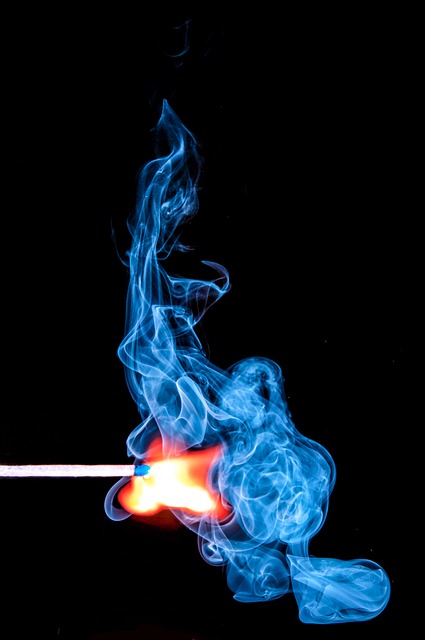
Where There's Fire Doesn't Mean There Has to be Smoke! Haat's Smokeless Incinerators
When we started making Haat incinerators way back in 1994-95, there were no gazette rules in place for biomedical, hazardous or municipal solid wastes. However, the standard machines that we produced were meeting and exceeding the emission values specified in the draft biomedical waste rules.
Emissions of SO2, NOx, SPM, etc. were way below the maximum stipulated limits. Most of our PD, GD, LD, MD, HD and BP models were smokeless when charged with correct waste types and quantities.
The first PD machine was installed by us in a hospital in Bangalore. The hospital was told it is a pollution-free machine and so during commissioning the client was looking up, with bated breath, at the top of the chimney. When the incinerator was fired, no one could see any smoke coming out from the top. The client had a doubt if there was at all a fire inside and this point was instantly clarified to his satisfaction.
In another hospital, a visit from the local regulatory authority was due on a particular date, but he turned up late at around 8 PM. The moment he saw the smokeless chimney, he was annoyed as to why the machine was not started. The charging door was then opened for him to see the raging fire in the chamber. He was still unable to come to terms with what he saw because according to him "If there is fire, there has to be smoke!"
The design of these incinerators, particularly the PD and GD ranges is such that the products of combustion, carried by the flue gas, are recirculated repeatedly within the chamber, so that all particulates are burnt. This is the reason for the smokeless emissions.
What about low SO2 and NOx? These incinerators are of starved air design, which means sub-stoichiometric air is given for combustion, resulting in very low nitrogen oxide emissions. In fact the standard for NOx was 400 mg/Nm3 and we used to get between 10 and 20 mg/N m3!
With oxides of sulphur, the emissions again used to be in single digits and rarely in the 20s or 30s against 200 mg/Nm3. This is attributed to its single burner design, covering both primary and secondary chambers.
These models of incinerators are still preferred by many procurement agencies such as the UN, SOS, USAID, etc. as well as users from Vietnam, Mongolia, Kenya, Tanzania, Uganda, Senegal, Antarctica, etc. simply for their:
• ease of installation
• performance
• pollution- free operation
• low running costs
These incinerators, therefore, continue to be in our regular production line as these are still appreciated as SMOKELESS WONDERS!


